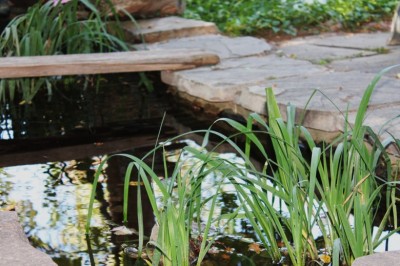Choosing and preparing a site for your new storage shed.
It is important to choose the location you want for your shed and assess what size of shed will be best for your property and your needs before ordering. The first step you need to take is to consider how you will be using your shed. You will want a different location or style of shed depending on whether you will use it for garden tools, bicycles and other toys, or simply extra storage. Pay attention to the surrounding structures and foliage and choose a location that will add to a more balanced look.
Decide on the size of outdoor shed that will best fit your needs. Again, consider how your shed will be used and what you intend to store inside the shed and how much room is needed for those items. Study traffic patterns in your backyard and how often you will use the shed. Create a site plan of your property to visualize the basic movements to and from your home.
When considering shed placement, it is also important to look at it from a practical standpoint. For instance, it is wise to position a storage shed close to where its going to be needed most. Kids in particular will be more likely to put bicycles and other toys away if the access to the shed is convenient. If you are planning on purchasing a potting shed, you may want to position it next to your garden where it can receive as much sunlight as possible. Aesthetics are also important. You may choose to highlight your structure by making it the center of attention or blend it into your landscape and make it less obvious or distracting.
Be aware of permits or zoning restrictions that might apply. Check local laws and ordinances since there may be regulations governing how close the shed can be built near any structure or property line. Choose a flat, clear, and easily accessible location, but also look for opportunities for the surrounding foliage or structures to add to the aesthetic appeal of your property. Consider what direction you want the doors of your shed to face in order for it to be as convenient and attractive as possible.
One last thing to consider is to look for a location that will be easily accessible for the delivery driver. This will avoid any difficulties in delivery with possible added charges for having to bring the shed back to our shop, and to make the setup process more convenient.
Once you have chosen the type of shed that you want, the size, and the best location for your shed, it is necessary to prepare the location. Start by staking out the exact location using stakes in each corner and connecting them with a string to fully visualize how the shed will look once installed. This will also allow you to check for any obstructions such as trees, shrubs, fences, large rocks, etc. Consult your shed installation manual for recommendation on proper sizing of the foundation. We recommend that you prepare an area one foot larger than the size of your chosen shed to ensure proper fit and avoid any obstructions.
When choosing a location you may want to consider proximity to water. You might need to be able to run a hose to it or, if more convenient, add plumbing. This is especially the case if the shed will be used for growing plants. Consider natural light, ventilation, and electricity. Electric fans and vents are available as well as artificial lighting. One major thing to remember as you consider your sheds location is the different seasons that it will go through. In cold climates you may need to winterize it, or maybe youll use it to store the snow plow and might want to locate it close to the house and street. In the summer you might use it as a greenhouseor for gardening and therefore might want it close to the garden. All of these considerations may have some impact on where you decide to place your shed.
Once you know exactly where your shedwill be, clear the area of any debris, foliage, tree stumps, or old footings that may cause problems. Once you have done this use a board to pack down the ground and use a level to make sure the ground is as flat as possible with a very slight pitch towards the rear of your property to facilitate water drainage. We also recommend filling the pad with two to four inches of crushed stone which aids in adequate drainage. This will keep your shed dry and increase the life of your shed. If you are building a concrete floor, make sure you consult the installation instructions of your shed for recommendations on how thick to pour the concrete. You should also check with you community building commission since there may be zoning regulations detailing how the shed foundation should be constructed.
Michael Cook is a marketer for Shedtopia. For more information about Sheds, visit shedtopia.com.





























